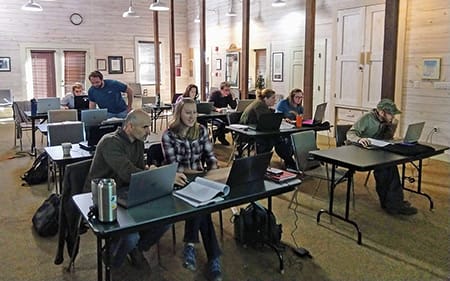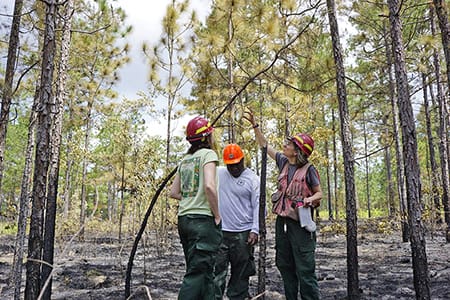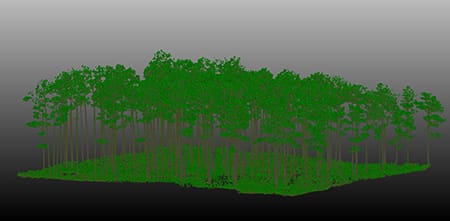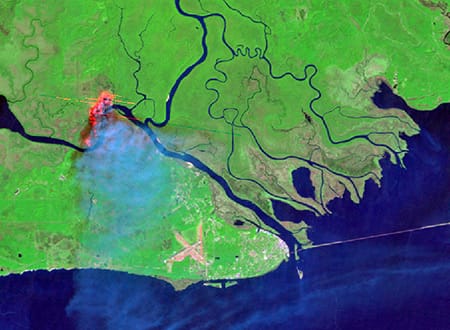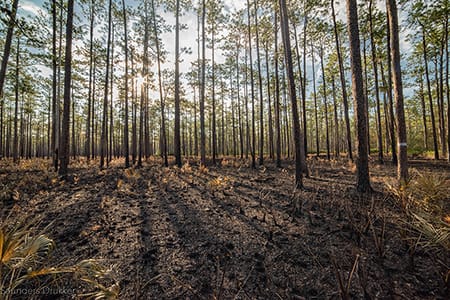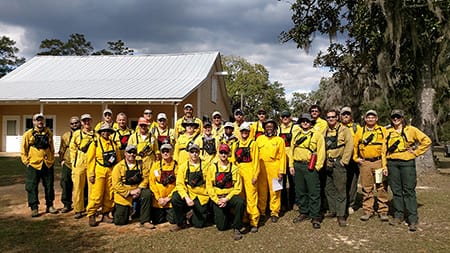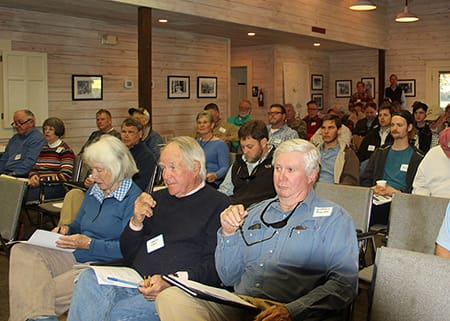Portions of the article appeared in the Tall Timbers publication Quail Call
Study’s at properties in the Red Hills region between Thomasville and Tallahassee have shown that adult bobwhite quail and broods in areas with wiregrass used unburned wiregrass less than expected based on its availability, meaning they tended to avoid it.
Those same broods, however, readily used wiregrass that was burned the previous April.
Importantly, adult quail readily nested in unburned wiregrass early, then nested in both burned and unburned wiregrass after green-up because it rapidly grows biomass and provides nesting cover by midseason.
All quail completely avoided wiregrass areas in its third growing season since the last fire. The reason is likely because of a tremendous buildup of plant litter(both plants and pine needles) on the ground.
Harrowing ground cover tends to destroy the plants that provide the greatest overhead cover.
What returns after harrowing (if not planted to a cover crop) tends to be poorer cover than the intact wiregrass cover.
Once plants like wiregrass experience soil disturbance, they can struggle to recolonize if at all. What comes in their place is called old field habitat, which, as the name implies, are areas that were once used for agriculture and have gone fallow.
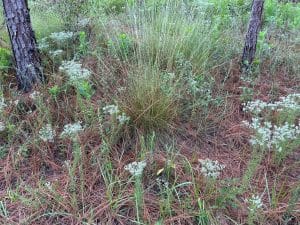
Adult quail readily nested in unburned wiregrass early, then nested in both burned and unburned wiregrass after green-up because it rapidly grows biomass and provides nesting cover by midseason.
We suggest that a series of permanent firebreaks be used to burn five to ten-acre patches to avoid over-disturbing soils. Mowed or wet line firebreaks can also be used in wiregrass.
These firebreaks usually exist on quail properties from previous soil disturbance.
We recommend burning wiregrass areas at the scale of 20 to 40 acre patches, every other year, when quail management is a priority.
Leaving few or no areas unburned for two or more years in a row will likely result in quail no longer using the area.
All other quail management activities apply to wiregrass areas, including opening the over story canopy to allow for good ground cover growth.
Wiregrass areas often remain on “light” soils so having too many trees may severely reduce cover.
Finally, year-round supplemental feeding appeared to significantly increase reproduction of quail on areas dominated by and wiregrass plant communities.
With a good supplemental feeding program, quail on areas with wiregrass communities were just as productive as the best old-field plantations.








